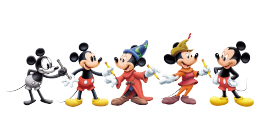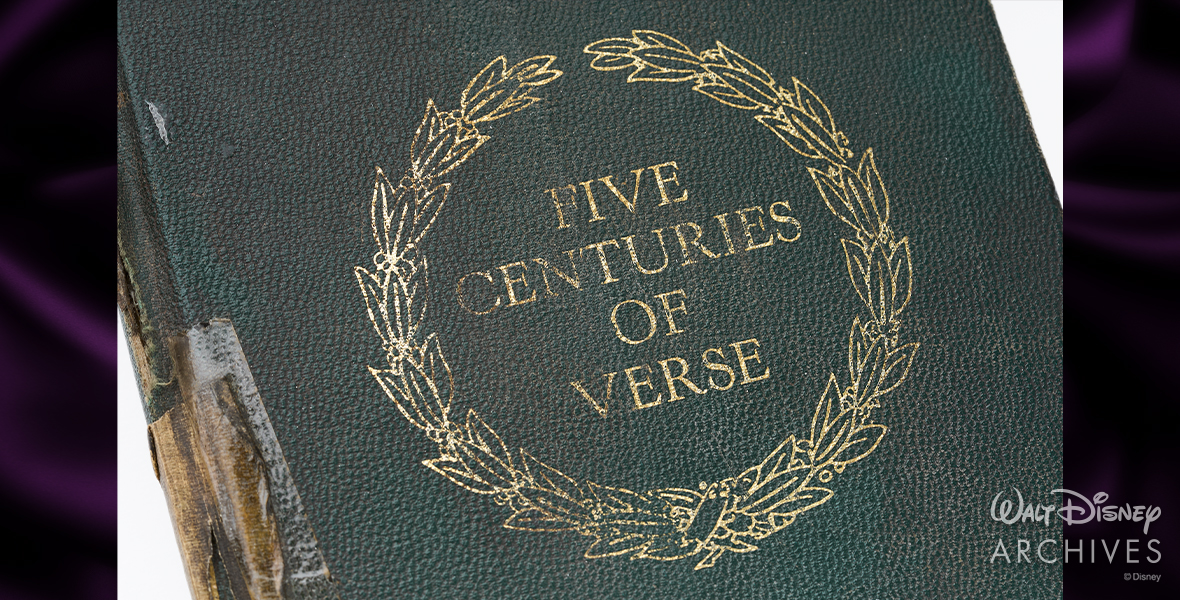By Taylor Larsen, Walt Disney Archives
Have you ever had a teacher who inspired you to think outside the box? To question the traditional path and choose your way to “great deeds, great loves, and great passion?” Perhaps it wasn’t a teacher but a trusted group of friends, colleagues, or family members who enabled you to take charge of your desires and discover not only yourself, but also the right path. Whether you’re fresh out of high school, still in it, or years out, each of us can remember the sometimes-uncomfortable journey it is to be on the road to adolescence—growing older and facing your fears. Such a teacher or friend can play a crucial role during that stage of life… someone who encourages you and gets you out of your shell. Now imagine having the dearly beloved Disney Legend Robin Williams take on the role of your high school English teacher, who makes it his mission to inspire you to be an agent who acts rather than be acted upon. What an incredible journey that would be! And if ever there was a group of young teenage friends who knew a thing or two about influential English teachers, it would be the students of Welton Academy.

As we commemorate the 35th anniversary of Touchstone Pictures’ Dead Poets Society, with the help of the Walt Disney Archives, we are granted a rare, behind-the-scenes look at the making of this unforgettable story and the process of finding the perfect set of actors to play the beloved students of Welton. Plus, take a peek at one of the movie’s most beloved props: the book of poetry used in the film.
Dead Poets Society takes place in the fall of 1959 at the fictional Welton Academy, a secluded and traditionally boys’ school in the tranquil hills of Vermont. It follows several students on their academic journey with a new English teacher, whose ideas about learning inspire them to pursue their passions and explore new horizons of self-expression, discovering the excitement of a world outside Welton’s strict curriculum. Professor John Keating, played by Williams—an alum of the school—defies the academy’s authorities and disapproving parents by daring to teach lessons that can’t be found in textbooks. Professor Keating is more than an instructor; he is a presence that will remain in his students’ (and audiences’) lives for years to come. To borrow a phrase from the film’s 1990 Oscar® nomination campaign, “In 1989, there was one movie that made you laugh, made you cry, and made you care.” Indeed, it does all three. Among numerous accolades, Dead Poets Society was nominated for four Golden Globes® and four Academy Awards®, winning for Best Screenplay.
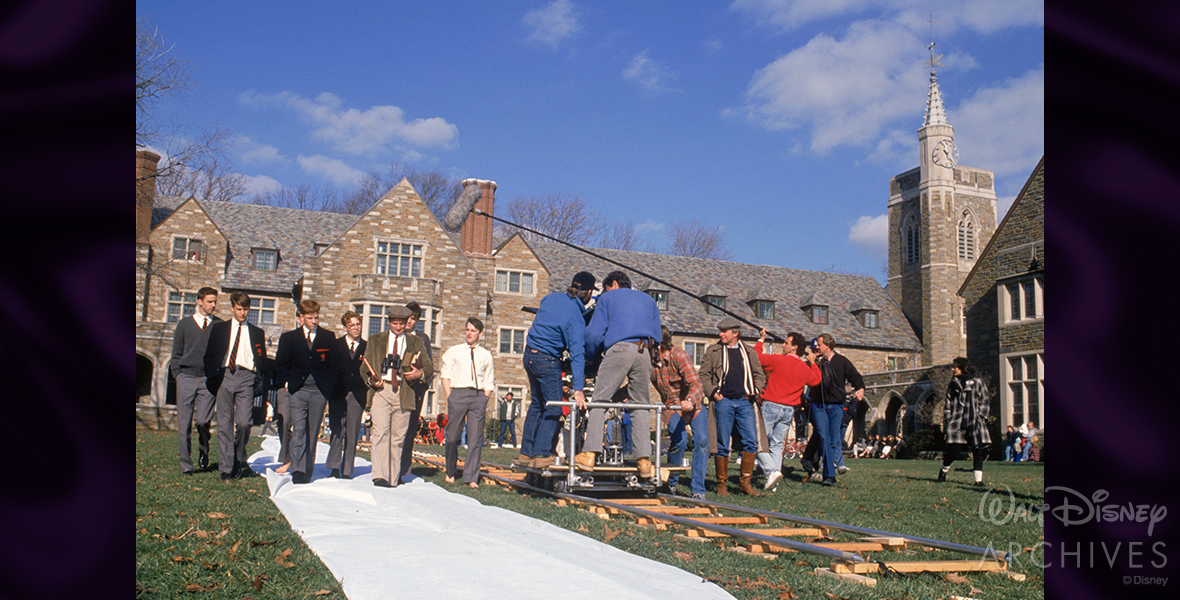
The process of bringing Welton Academy to life began in November 1988. After scouting more than 70 universities and private schools nationwide, the filmmakers decided to use St. Andrew’s School in Middletown, Delaware. Production designer Wendy Stites called St. Andrew’s “a set-dresser’s dream.” It was founded in 1930 by A. Felix du Pont and was an immediate source of inspiration. The icing on the cake for director Peter Weir was the school’s dining hall mural, painted by acclaimed American artist N.C. Wyeth. When Weir saw it, he knew he would have to use it in the film’s opening credits. Filming at St. Andrew’s was done primarily over the Thanksgiving and Christmas holidays to avoid disrupting the school’s academic schedule. The production team also built a replica classroom on a sound stage near Wilmington to shoot all of Keating’s classroom scenes.
Aside from the stone-walled, tranquil St. Andrew’s School, entire Delaware towns took a step back in time as filming began. Storefronts were transformed, with all modern conveniences removed. The film held two open casting calls and used more than 3,000 extras, all of whom underwent makeovers to recreate the more reserved styles of 1959.
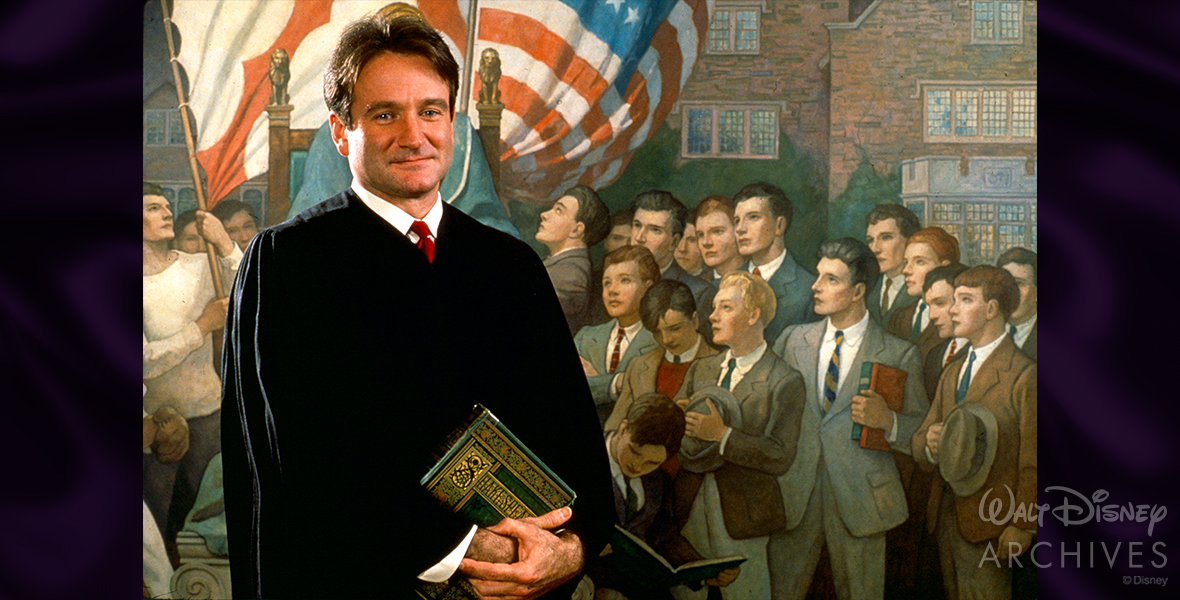
Screenwriter Tom Schulman penned the original story in 1985, and a year later, producer Steven Haft optioned the script. Schulman’s own experiences attending private school partially influenced the story, adding a personal touch to the film’s narrative. The filmmakers launched a search for an actor to play the charismatic and free-spirited John Keating. Haft was convinced that the unconventional thinking and originality Williams brought to all his roles made him a natural fit.
Incidentally, as a younger boy, Williams attended a traditional private school similar to Welton. He recalled that “the whole story itself attracted me, not just the character,” including the film’s time setting… as well as Keating’s philosophy about teaching—to push the envelope and take a chance, even though others may disagree; and to find an authentic and creative voice of your own, which mimicked Williams’ own approach to life. The actor also remarked on how so many have had at least one teacher like Keating they remember: “What they give you is something you take with you the rest of your life.”
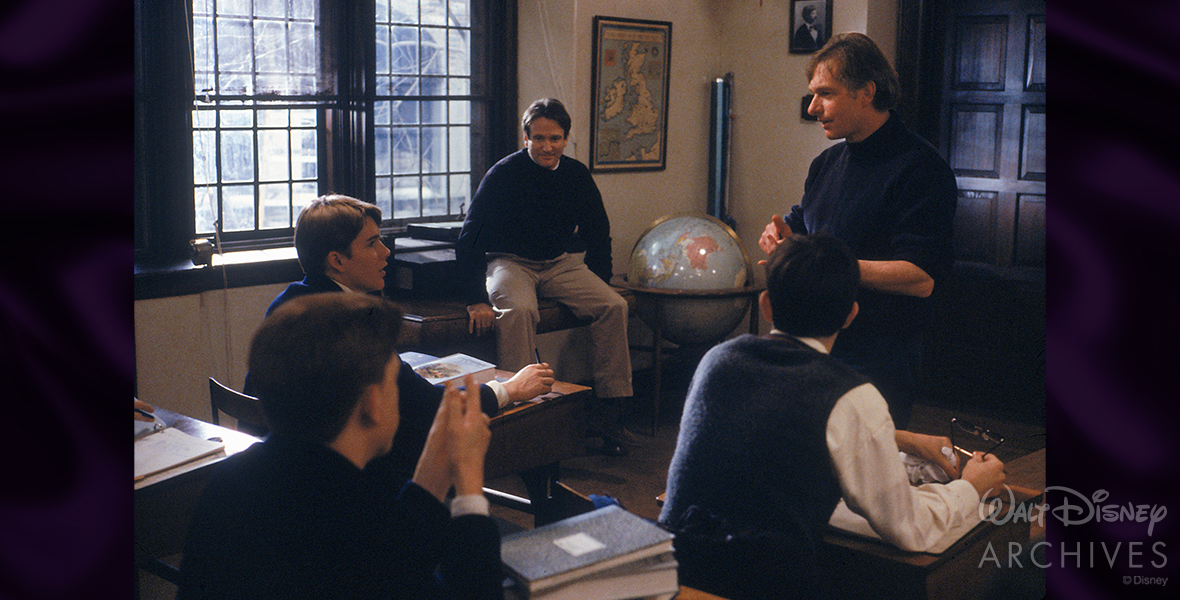
Dead Poets Society is a compelling story about courage and self-awakening, and the filmmakers sought a director who could balance the film’s intellectual concerns with the story’s extraordinary characters. Acclaimed Australian filmmaker Weir remembers, “I was getting ready to board a plane back to Australia when I was handed the script.” Although he rarely read scripts on planes, he thought the title Dead Poets Society was intriguing, and before he knew it, he was deep in the pages of the screenplay. Like Williams, Weir also attended a private school during the 1950s, identifying with the fictional cast of characters in the film.
Welton Academy is showcased as a resolute and privileged school, a rigid establishment where the students are taught to keep their noses to the grindstone to become doctors, lawyers, or MBA candidates. The story is far less about Keating than a handful of impressionable boys who become swept up in the English teacher’s challenging of the policies and practices at Welton, encouraging them to stop and smell the roses. Williams explained that his character is just a catalyst: “The real story of this film is the boys.” Williams’ character sparks the boys’ interest in reviving a clandestine club for which Keating had been a founding member, the Dead Poets Society. The members of this society meet at midnight in a cave to recite poetry from a book called “Five Centuries of Verse.” They even compose poetry of their own.

The production team auditioned over 500 actors nationwide before casting the official Dead Poets Society. A central character is the hardworking honors student and group leader Neil Perry (Robert Sean Leonard), who dreams of becoming an actor but is suppressed and pressured by his father—who plans out his son’s life in advance, insisting that he go to Harvard to become a doctor. Then there’s Neil’s new roommate, the tongue-tied writer Todd Anderson, portrayed by Ethan Hawke, who is so shy that he freezes with fear when required to speak in front of the other students. One of Dead Poets Society’s most poignant elements is the friendship between these two protagonists.
The film’s exceptional cast also includes Gale Hansen as Charlie Dalton, a wise-cracking troublemaker; Josh Charles as Knox Overstreet, a love-struck romantic; Dylan Kussman as Richard Cameron, a member of the group who seems to only look out for himself; James Waterston as Gerard Pitts, a lanky eccentric; and Allelon Ruggiero as Steven Meeks, the brains and Pitts’ sidekick.
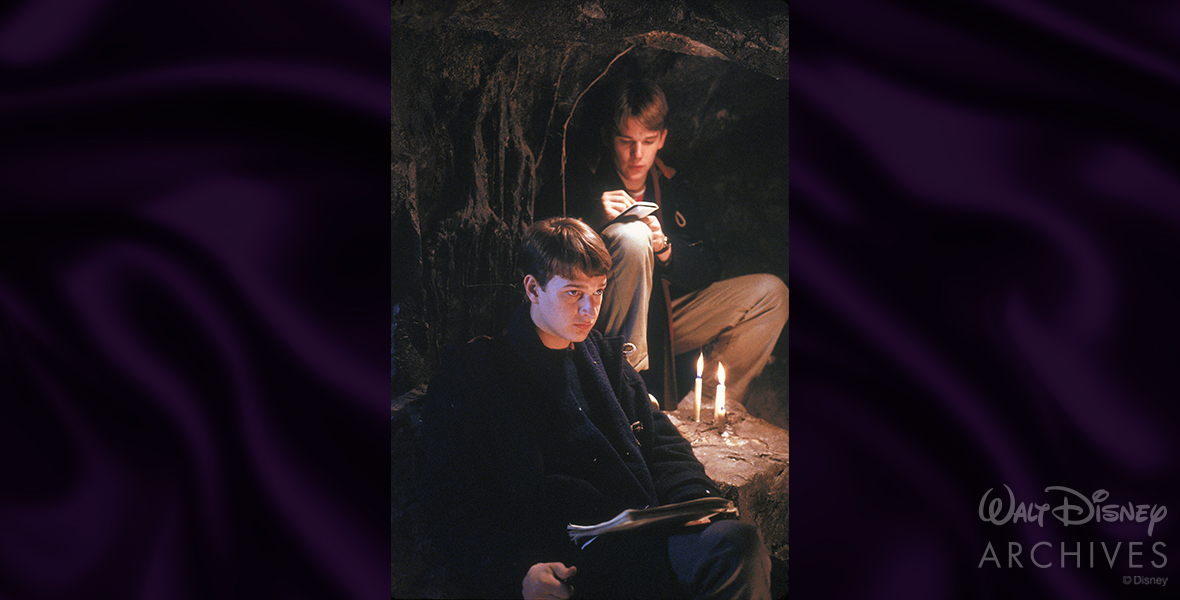
Weir needed his ensemble of actors to get along off-screen as well as the boys do in the film. During production, Weir held a series of rehearsals in which Williams and the boys immersed themselves in the reading and writing of poetry. Plus, most of the movie was filmed sequentially to build a natural history. A young Hawke later recounted, “All of us got along so well,” and that filming felt like going off to camp.
Given that critical moments in the film occur in a cave (which the filmmakers built in a Newcastle warehouse modeled after Delaware’s Wolf Rock Cave, a registered historic landmark now known as Beaver Valley Cave), Weir wanted to ensure that the poetry readings seemed natural—a pleasure rather than a chore. Someone in the crew had the idea to have the boys tell scary stories, which allowed the cave scenes to appear more realistic and spontaneous.

Each of these students’ journeys at school and during their midnight poetry readings is full of beautiful life lessons. However, Dead Poets Society also addresses tough topics and issues. Speaking to this point, Weir pointed out that learning can be risky depending on its use. We see in the film that Keating’s inspiration has tragic consequences for one boy—but for another, it is the very making of his life. Yet the movie also honors that creative part of one’s self that can sometimes get lost later in life. Children are full of creativity; they paint, draw, write poetry, and don’t question it. But sometimes, in adulthood, we can lose sight of that creativity. Even now, on the 35th anniversary of the film’s release, John Keating’s words—or rather, the words of dead poets—still ring true in our ears and in our hearts. Perhaps they are words we can all live by, regardless of age or life experiences: “Carpe Diem, lads! Seize the day. Make your lives extraordinary!”


